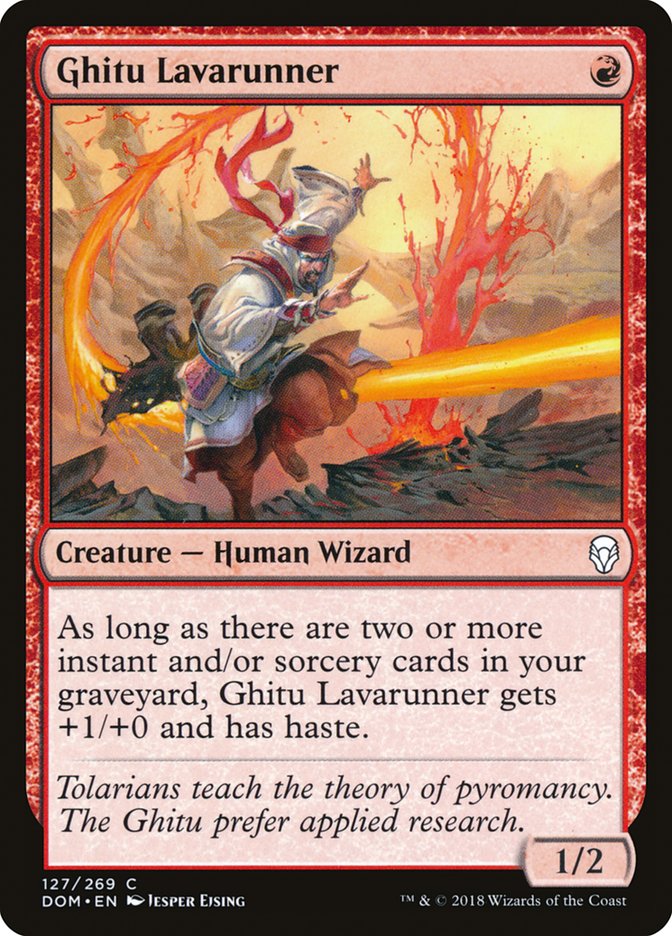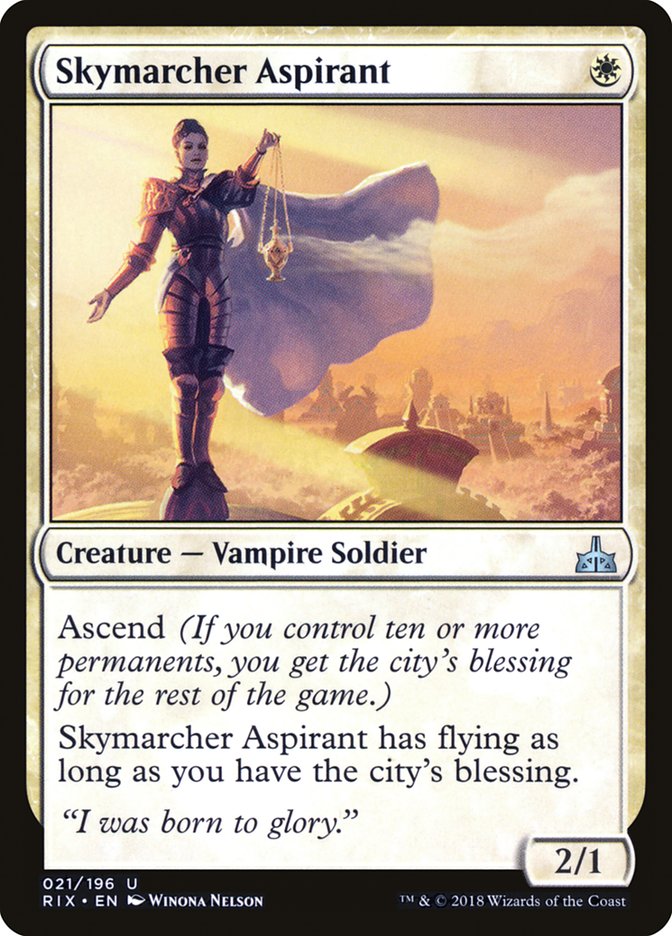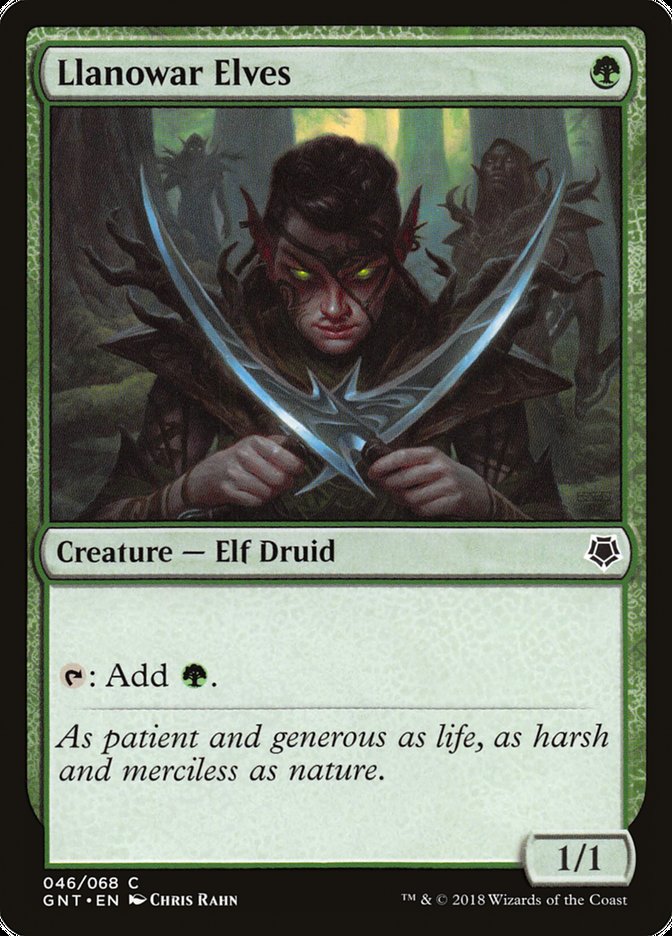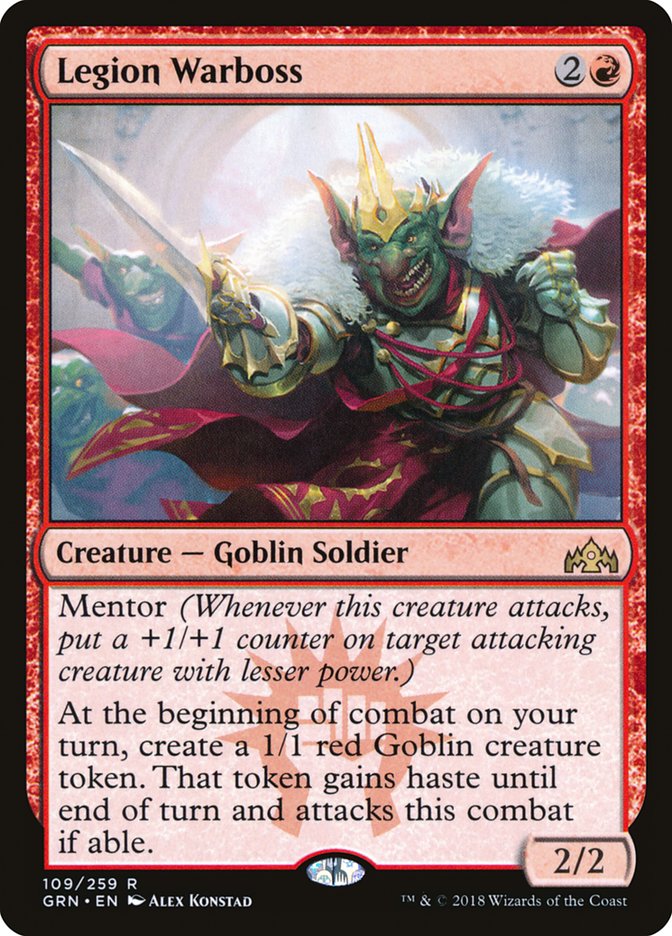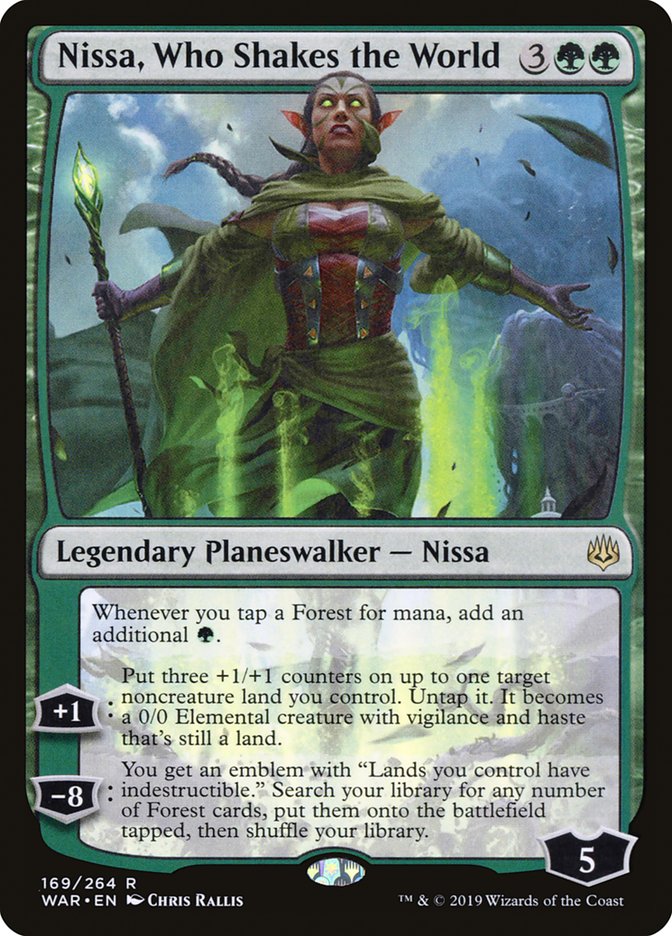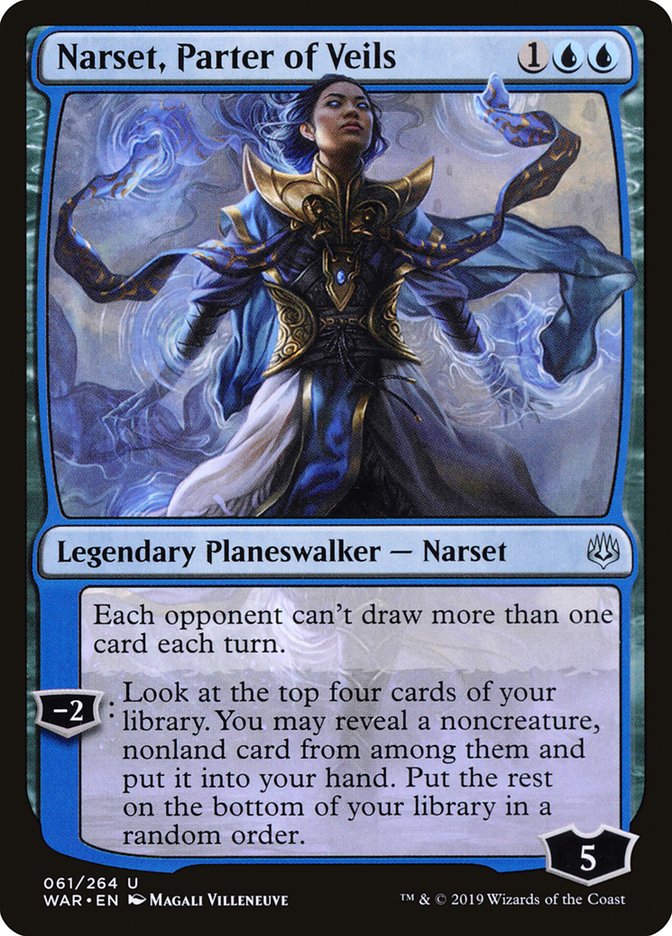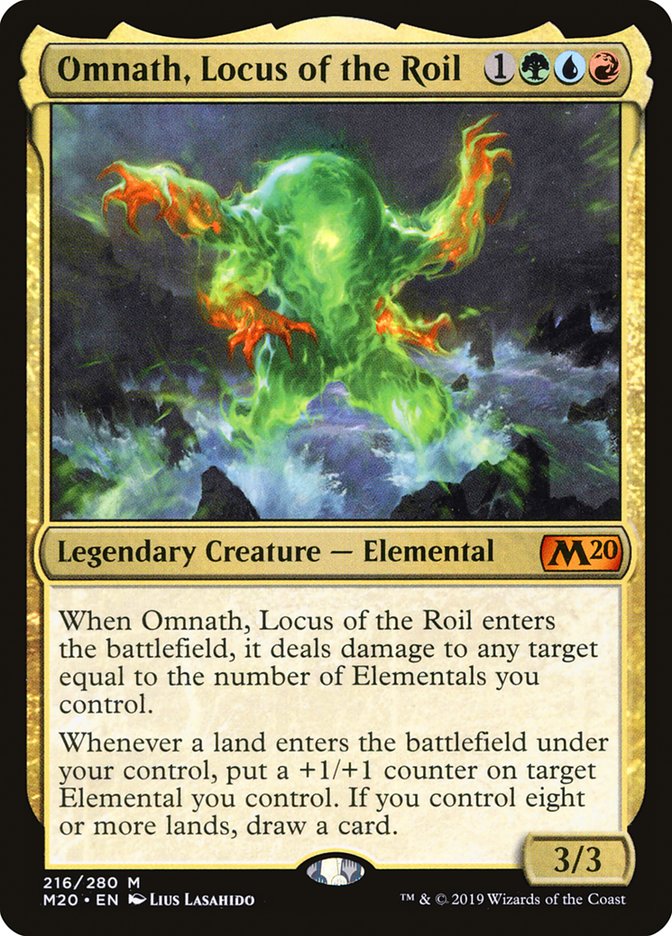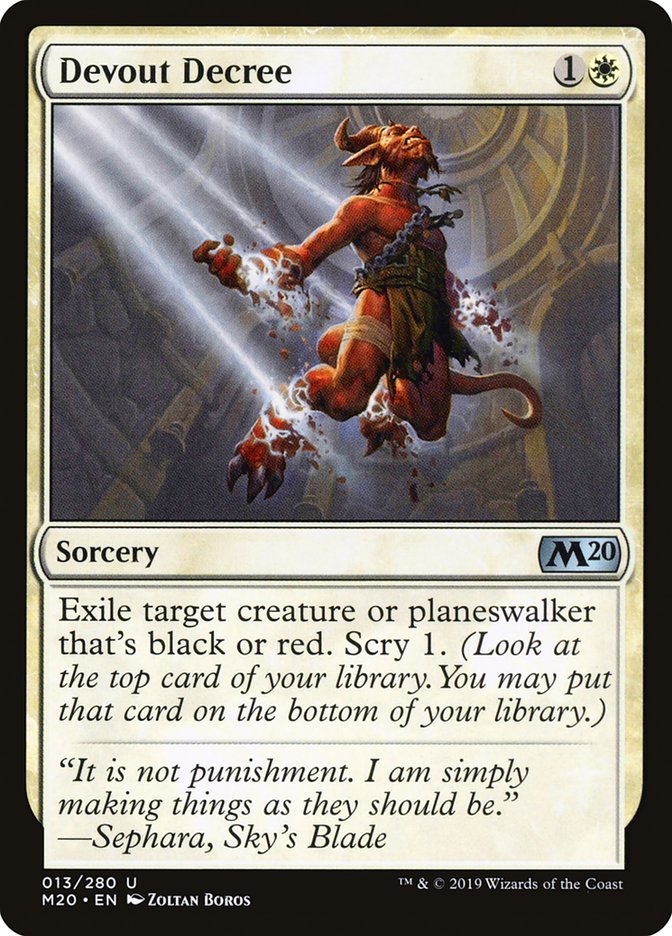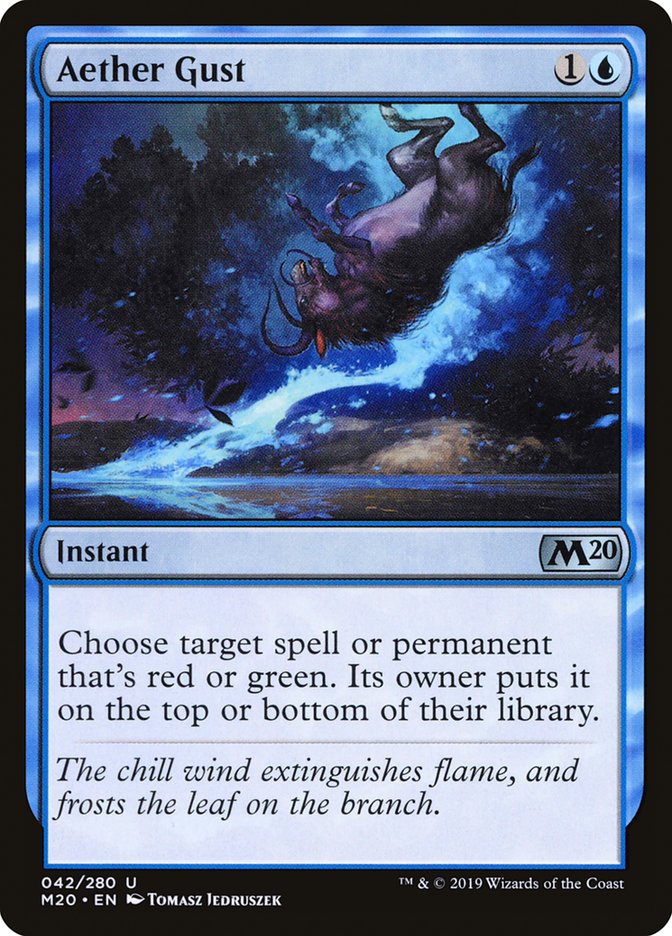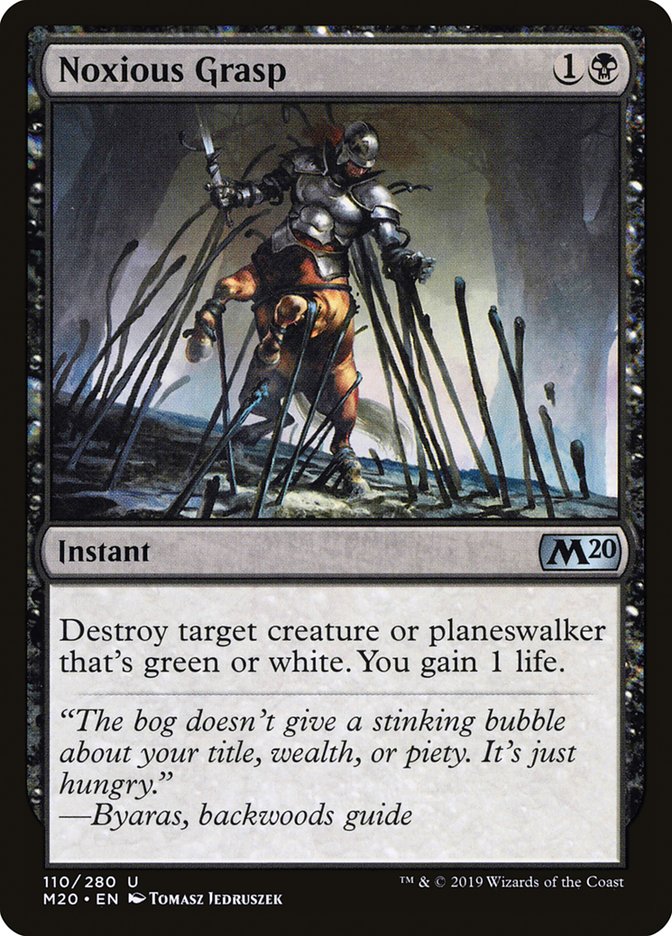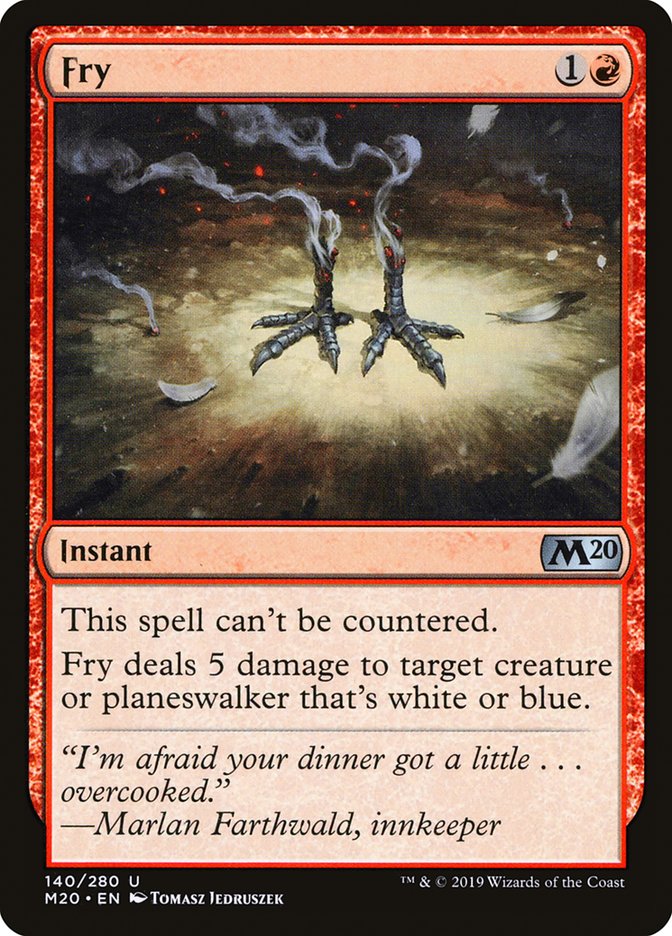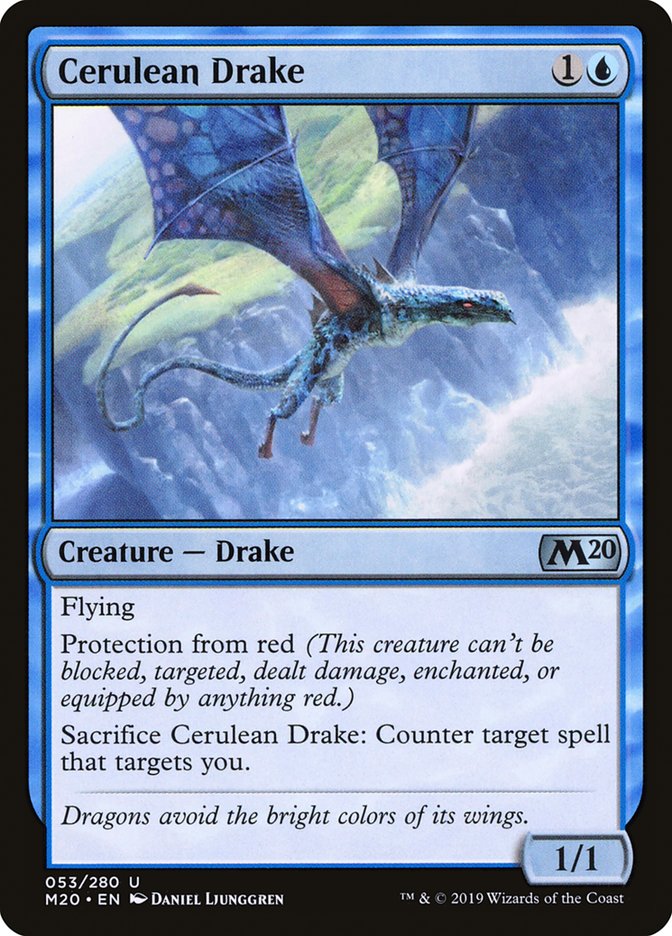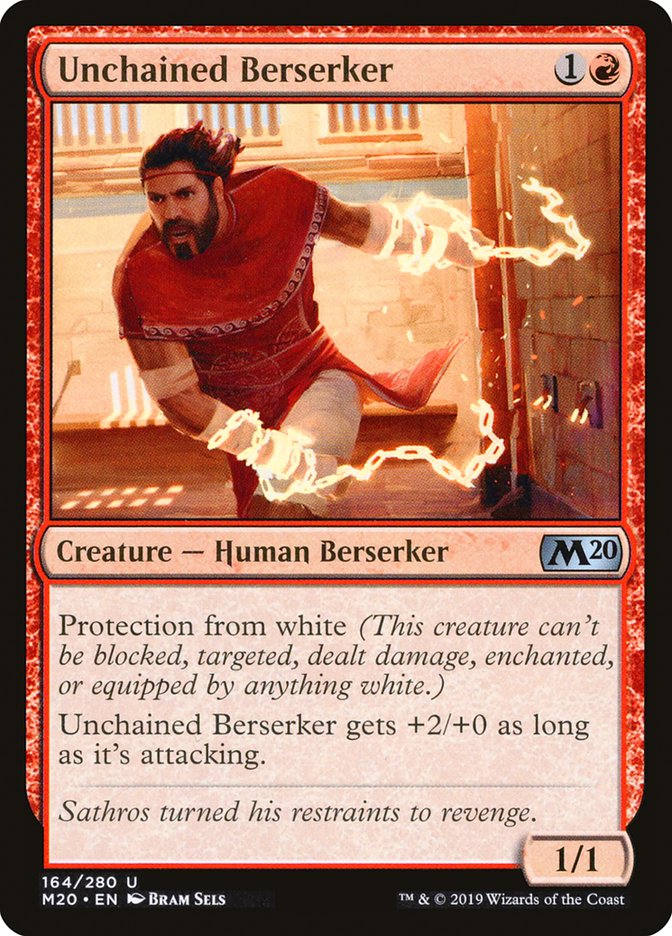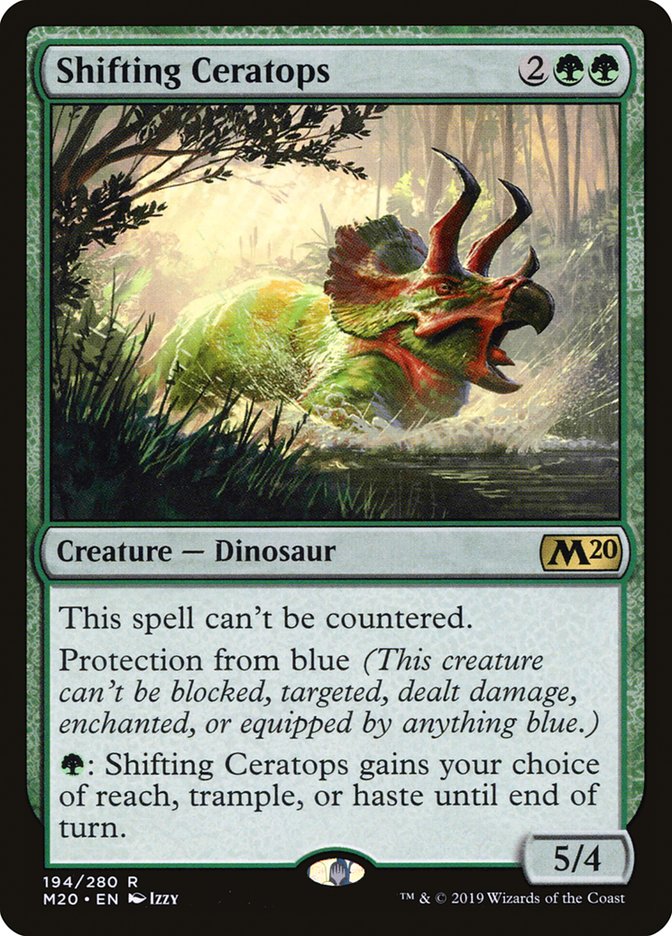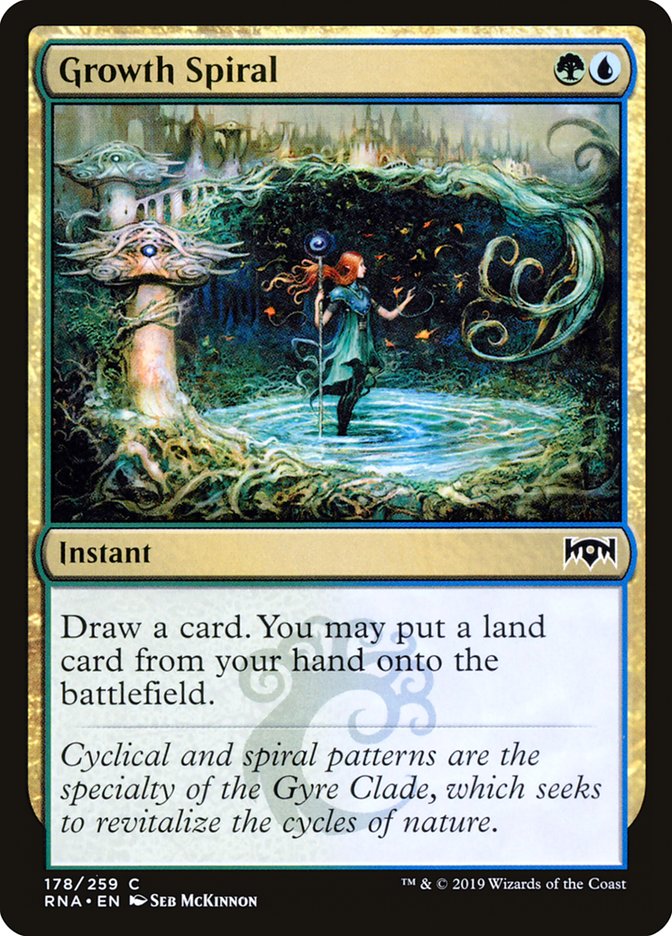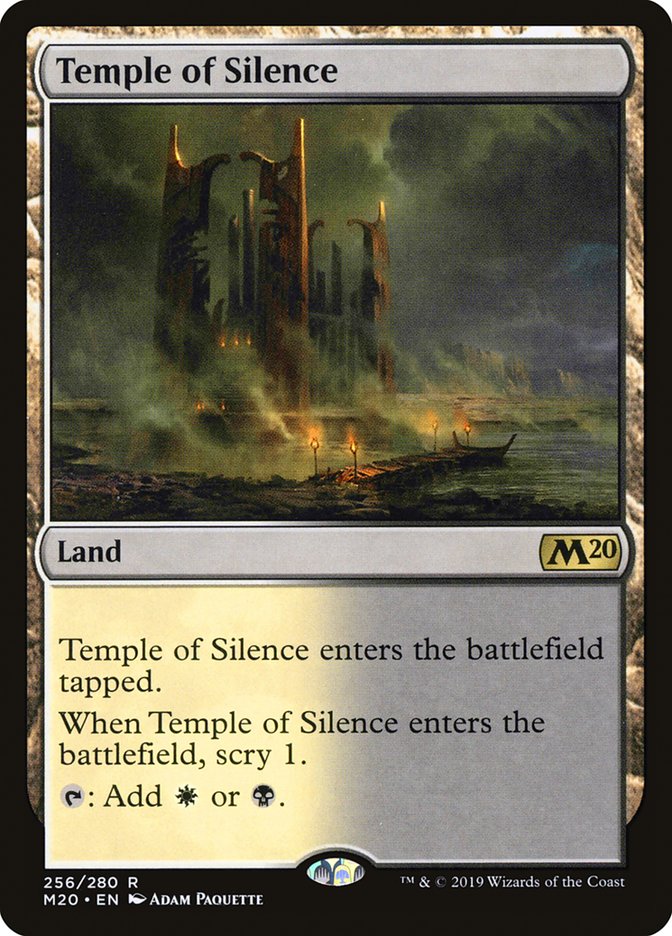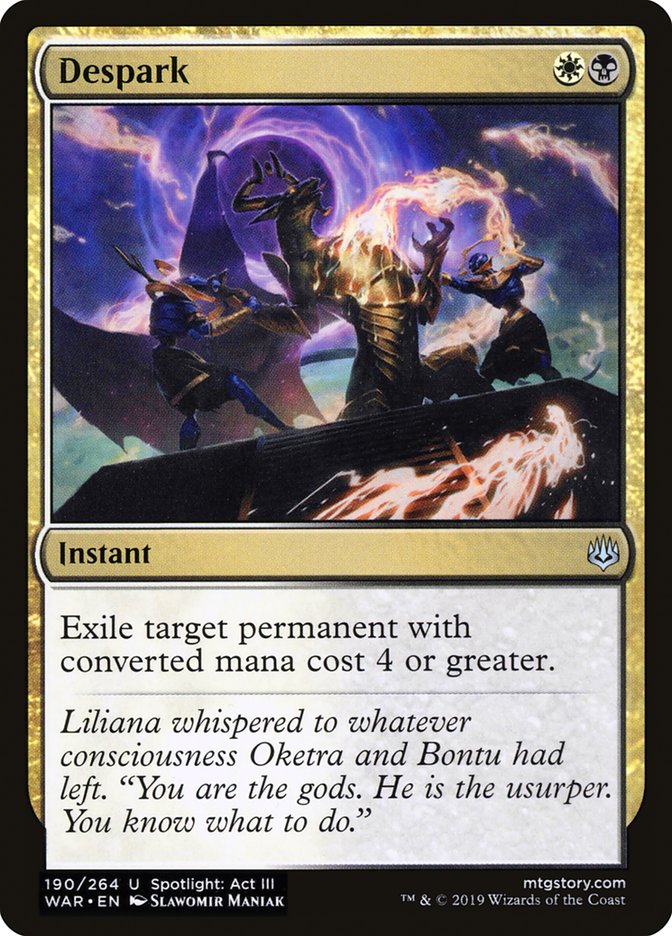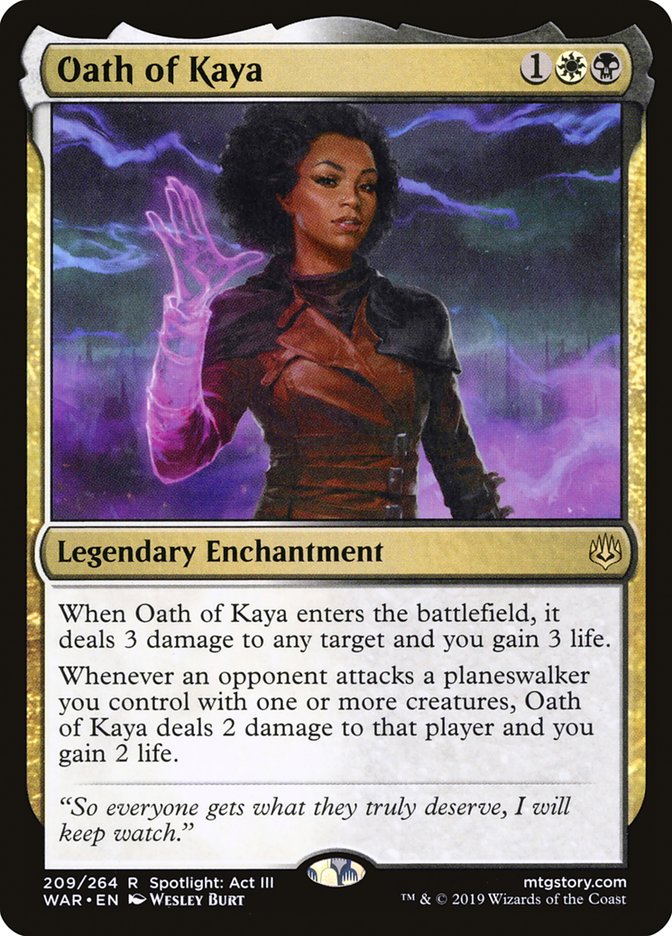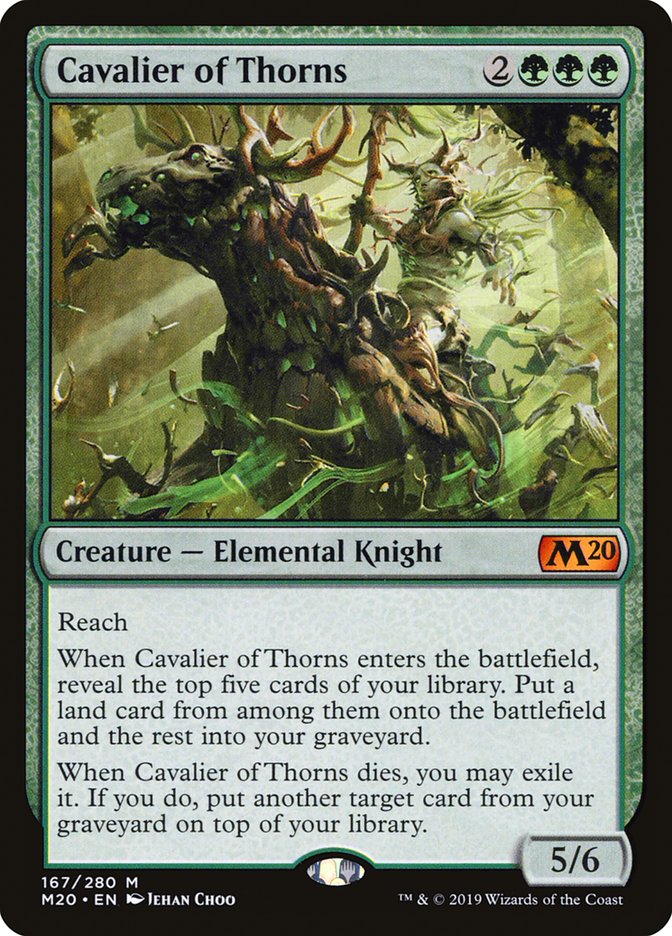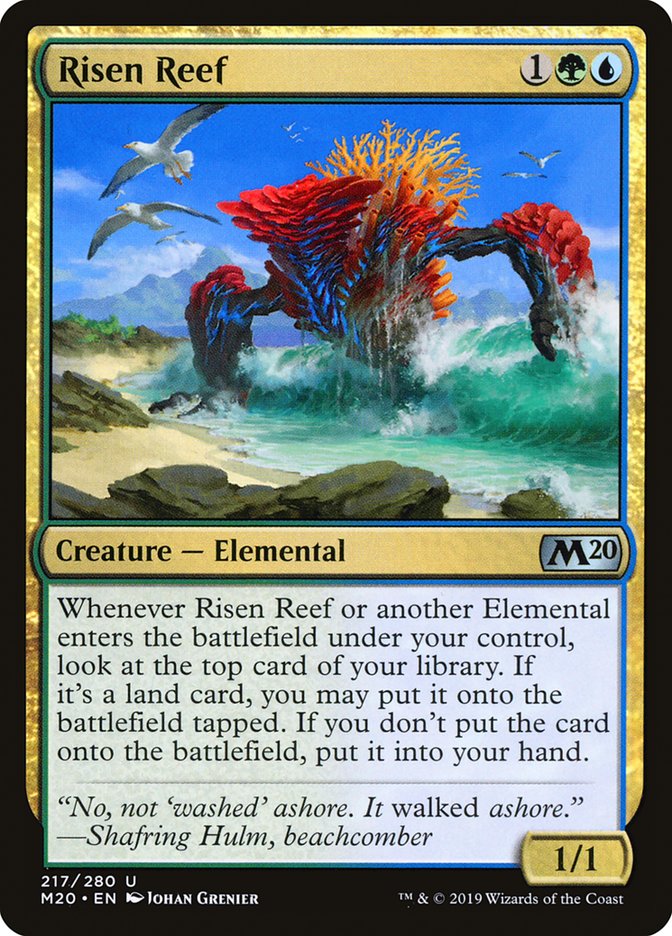It’s super-easy to play a bad deck in a new Standard format. Don’t do that at SCG Worcester.
Seriously. I know I’m going to say this, but I can see a bunch of you already just going ahead and making it happen.
Fine, I’ll tell you exactly how that is already happening.
#1: Your Deck Loses to Mono-Red
You’re going to see a lot of sweet ideas this week. You probably saw a ton last week.
Most of them can never beat a Ghitu Lavarunner or Experimental Frenzy.
The first month of War of the Spark Standard was spent looking for a deck that actually did this. Eventually a million Esper decks showed up, but it was rough at the start for all the cool new decks.
The same thing is going to happen again. The most-hyped card from the new set is Risen Reef, a three-mana 1/1. Last I checked, that just means Goblin Chainwhirler will kill it and you will take another four damage.
This is my first point because so many of my other points fall out of it. You have to respect Mono-Red Aggro, you then have to respect the more efficient decks built to combat it, and so on.
If you want to pull two specific points that don’t just apply to the entire format, focus on Experimental Frenzy and Goblin Chainwhirler. Your deck can’t afford to just die to one of those cards. Have a way to kill an enchantment. Don’t have a ton of one-toughness creatures.
#2: Not Playing Low Drops to Win On The Draw
Let’s compare three decks:
Been in the lab hard at work on Gateshift. Here's where I am at, continuing to do well. Risen Reef helps with the slow hand issue, Cavalier leaving the board opens up sb slots. Sb significantly rehauled, Aether Gust solves a lot of issues@ArenaDecklistshttps://t.co/mG48IcMgnA pic.twitter.com/0a1KNI8BZV
— yoman5 (@yoman_5) July 6, 2019
Creatures (22)
- 4 Llanowar Elves
- 3 Hydroid Krasis
- 4 Incubation Druid
- 4 Paradise Druid
- 4 Risen Reef
- 3 Golos, Tireless Pilgrim
Planeswalkers (10)
Lands (23)
Spells (5)

Creatures (23)
- 4 Wildgrowth Walker
- 3 Merfolk Branchwalker
- 4 Jadelight Ranger
- 2 Hydroid Krasis
- 3 Dread Presence
- 4 Risen Reef
- 3 Cavalier of Thorns
Planeswalkers (2)
Lands (26)
Spells (9)
Sideboard

All three are based around similar principles. Golos, Tireless Pilgrim is extremely powerful. Field of the Dead plus Scapeshift is reminiscent of a Modern-playable combo. Gerry’s Golos deck probably even just wants to play Scapeshift since it already has Field of the Dead.
But you can’t win every die roll. What happens to the Gate-Shift deck when it’s on the draw?
The same thing that happens to every Gate deck on the draw. If you didn’t put in reps with these decks in Ravnica Allegiance Standard, let me fill in the blanks.
You don’t have any one-mana spells in your deck you really want to cast. You have a couple of two-mana spells, but you only have four lands that enter the battlefield untapped to cast Growth Spiral. On Turn 3, you might still have two mana.
So your plan is nothing, nothing, nothing, Gates Ablaze? The other Scapeshift decks can at least cast spells.
Do Nothing Gates is the plan that got you beaten to death by a Wildgrowth Walker in Ravnica Allegiance Standard. Maybe this is a super-sweet next-level metagame call for weird midrange battles, but if that looks anything like War of the Spark Standard, those decks will actually kill you if you durdle or have access to enough Thought Erasure and Dovin’s Veto to let basically anything kill you. Also, Guild Summit is yet another card on the sad “banned by Narset, Parter of Veils” list, but that’s not this topic.
Before this starts sounding like a “friends don’t let friends play Guildgates” rant where I’m bashing on Yoman for trying new things, I’ve seen this in so many other places: lists with more Jadelight Rangers and Risen Reef than two-drops or common sense.
It isn’t just Mono-Red Aggro that will kill you for this, though it will doubly do so if your curve looks like Llanowar Elves, Paradise Druid, Risen Reef versus Goblin Chainwhirler. Any Llanowar Elves deck might just have a Nissa, Who Shakes the World on the battlefield; from midrange decks, Hero of Precinct One into Teferi, Time Raveler might be what your Jadelight Ranger cast faces down; or, even worse, you might get paired against Andrew Elenbogen and the only four Venerated Loxodons in the room.
To list out the issues for clarity, being on the draw and not doing stuff will kill you in the following ways:
It’s to be determined if Sorin, Imperious Bloodlord is actually profitable to attack down or whether you just kill all the associated creatures and then clear it out.
Creatures (26)
- 4 Llanowar Elves
- 4 Ripjaw Raptor
- 3 Charging Monstrosaur
- 4 Thorn Lieutenant
- 4 Gruul Spellbreaker
- 4 Marauding Raptor
- 3 Shifting Ceratops
Planeswalkers (3)
Lands (24)
Spells (7)
Sideboard

Brad’s Gruul Dinosaurs deck is a really great example of this. Llanowar Elves is the universal die roll reverser. Shock and a bunch of 2/3 creatures at two mana brick most of the aggressive one-drops, bridging his deck into the larger late-game. Shock on mana accelerants and raw pressure help keep pace with ramp hands. The entire package of low-drops and haste high-drops with trample crunches down stray planeswalkers. I don’t love every card choice, but the deck’s core is in the right place.
Okay, I just hate Domri, Anarch of Bolas, but maybe this format is one where the Prey Upon planeswalker is reliably worth a card, especially if it draws a card off Ripjaw Raptor too.
Build more decks like this. Bulkier low-drops, flexible later threats, actually playing some interactive spells.
Don’t worry, Elemental fans. Omnath, Locus of the Roil is really good at all of these principles. But take a look at your supporting cast. Risen Reef is great, but if you don’t build a deck that keeps things afloat before you get to that point, you’ll be too far behind for your engine to matter.
#3: Playing Arbitrary Color Hosers
It’s been a few years since we had color-hosing spot removal this powerful in Standard.
Or protection from colors.
2nd totally overrated card from M20: Cerulean Drake. This card is good if all you are looking for is a dumb wall that sits in play and does nothing proactive. This card doesnt interact with Steamkin, Feather, Frenzy, Chandra etc. It just sits there and watches them go off.
— Martin Jůza (@MartinJuza) July 5, 2019
So maybe it’s time to remind people that a card isn’t dropped in your sideboard just because it says the color of your opponent’s deck.
I’ll admit, as a content creator talking about an unknown format, I likely would have screwed this up in a generic decklist. It’s hard to make a well-targeted sideboard without a target, and these cards just scream “Sideboard me!” and you just have fifteen cards you need to fill.
Remember, if you put a card in your sideboard, it actually needs to do something good in context of the format.
Creatures (24)
- 3 Hydroid Krasis
- 2 Living Twister
- 4 Chandra's Embercat
- 4 Risen Reef
- 4 Omnath, Locus of the Roil
- 4 Leafkin Druid
- 3 Cavalier of Thorns
Planeswalkers (5)
Lands (25)
Spells (6)
Sideboard

What are Fry and Aether Gust and Shifting Ceratops doing here? Gerry is very good, so I would hope most of these have a reason to exist. Plus, he would be really offended if I just assumed he didn’t put some thought into it.
Aether Gust I’m actually interested in. I can see stalling Experimental Frenzy for a turn being powerful out of a proactive green deck, especially since Frenzy usually takes an entire turn to get churning. Or just chilling out a Runaway Steam-Kin for a turn, or handling Llanowar Elves, or whatever.
Shifting Ceratops is more there as a haste threat with some key upsides than a color hoser. That card is just reasonable until the control decks start playing more Cast Down.
But Fry…. yeah… Is your goal to Fry a Teferi, Time Raveler after it already Time Walked your no-immediate-impact low-drops? Doesn’t Shock do that and also kill Hero of Precinct One? Are you also aiming for Lyra Dawnbringer? It can’t be for Mono-Blue Aggro, because then you would just have Shivan Fire or Kraul Harpooner.
Among the other hate cards, I think Noxious Grasp might be the only underrated one. Having a clean kill for Nissa, Who Shakes the World that can also waylay their big threats via killing Llanowar Elves is really nice. It even cleanly kills Hero of Precinct One, both Teferis, and Lyra Dawnbringer at the same time.
As long as Experimental Frenzy is the card you care about, I would never play Devout Decree. Sorin, Imperious Bloodlord is an interesting target, but in the games where Orzhov Vampires is going to Sorin you to death, it seems like the damage is largely done by their first -3 dropping Champion of Dusk.
You don’t just play two-mana kill spells in Standard without knowing what you are trying to target, or play two-drops without knowing what they line up well against. Why would you do that with cards that are in your sideboard to play those roles?
#4: Not Playing Enough Lands
This goes out to everyone playing Growth Spiral with 24 lands. Or really any number less than 26. Or honestly not just 28 lands, but I guess you could negotiate me down to 27 lands on a good day.
I do not suggest this list in any way @ArenaDecklists pic.twitter.com/At8n04Zepb
— Jeff Pyka (@PykaPower9001) July 4, 2019
I’m looking right at you, Omni-Flood players.
I believe it was Ben Weitz or Sam Pardee on Allied Strategies Podcast this last week who said, “The best ramp spell is often just making a land drop.”
Lands cost zero mana. Incubation Druid costs two. Lands don’t die to Lightning Strike.
If your deck is really trying to pull off the “ramp into high-drop” nonsense, you want to hit every land drop along with casting your ramp spells. If you have to trim on lands because you’re worried about drawing too much mana and not having your high-drop finisher win the game by itself, I’ve got some bad news. Your high-drop isn’t good enough to ramp into. Build a new deck.
This isn’t limited to ramp decks. The just-reprinted Temples are a reason to play more lands. Temples might seem like a nonbo with checklands at first glance, but you can just cut checklands to play Temples and keep the same number of basic-typed lands in your deck for your remaining slots. The first four to six Temples are fairly free.
In return, not only are your lands worth partial future spells, but because your tapped lands are so good, you want to ensure you have untapped lands when your curve dictates it. Temples make your lands closer to spells, so you can afford to make more lands and give you a curve reason to play more lands.
And to tie things back to an earlier point, you want more low drops so you can play another Temple in the mid-game and still make relevant plays. It might seem weird to build a lower-curve, higher-land deck, but you can then fill your deck with plays that chain into more plays and have a deck that always has lands and spells just like old Abzan. I guess now that just means Teferi, Time Raveler and Narset, Parter of Veils, but not every Standard format can have the greatness of Abzan Charm.
#5: Your Answers Ignore New Threats
Listen, you can’t get them all right. Someone will probably have a weird Mask of Immolation brew or something that dodges all the normal removal and overperforms at SCG Worcester. But some of the new good threats will be really obvious. Don’t show up with an answer suite from a month ago to deal with them.
Shifting Ceratops forces the hand of the Esper players everywhere. While the latest stock lists definitely have a few answers to the card in Despark and Mortify, it might be time to trim on Tyrant’s Scorn for another answer or two like Cast Down. Or just not play Oath of Kaya in large quantities, because three mana and three damage isn’t a relevant threshold.
The entire Cavalier cycle also raises the stock of exile removal like Despark in smaller quantities and similarly dodges Oath of Kaya.
What about Risen Reef? You have to kill the card to prevent Elementals from just going off, but trading two or three mana for it is just going to leave you at tempo parity and down a card. Disfigure is a clear winner in my mind. Omnath, Locus of the Roil you have a little more wiggle room with, as it doesn’t provide cascading card advantage until eight mana.
And this largely just covers the shifts needed for Esper. There are another two colors you can legally put in decks, and how many other color trios you can play? Take a minute to think if your Elementals deck wants Lightning Strike or Lava Coil or anything else in that slot.
Play a Good Deck
I know I can’t stop everyone from playing a bad deck. Maybe you will be the person to listen. I can’t promise these tips will make you choose a good deck, but at least when you leave the table after Round 1, you won’t think, “Wow, I have to play another eight or fourteen rounds with this pile of garbage.”


